Grab Holdings Inc. is going public in the United States through a merger with US-based Altimeter Growth Corp. The partnership, which values the Southeast Asian ride-hailing and food delivery giant at a mind-boggling US$39.6 billion in market capitalization, will see its stock trade on the Nasdaq Composite Index. Essentially, that makes Grab the Southeast Asia’s most valuable start-up.
The deal would also make Grab the first Southeast Asian tech unicorn to go public through a SPAC (special purpose acquisition company) and give it funds – lots of cash – to expand. The merger will see investment firm Altimeter provides up to US$4.5 billion in cash proceeds to Singapore-headquartered Grab. But the tech unicorn actually started in neighbouring Malaysia.
The company was started by two Harvard Business School classmates – Anthony Tan and Tan Hooi Ling. The chemistry didn’t spark initially. Raised in a middle-class family, Hooi Ling’s civil engineer father inspired her to study mechanical engineering at the University of Bath in the UK. Her mother was a stockbroker. She is the youngest of two siblings, with a software engineer older brother.
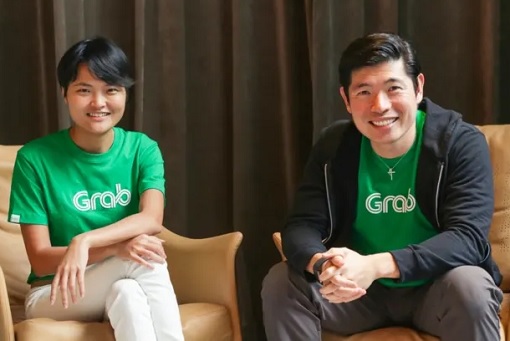
After a year as an equipment engineer at pharmaceutical giant Eli Lilly in London, Tan moved to consulting firm McKinsey back home in Malaysia. Her job taught her that despite the importance of engineers, the business executives are the one who make decisions. She wanted to develop her business management skills, which led to McKinsey sponsoring her M.B.A. at Harvard Business School.
While studying at Harvard Business School, Tan met her future Grab co-founder Anthony Tan in the class 2011. Sitting next to each other in a class called “Business at the Base of the Pyramid”, both came up with a plan to revamp the Malaysian taxi market as part of a class assignment. So, they wrote a business plan for a mobile app that would help connect taxi drivers with ride hailers.
That business plan was eventually named a runner up in a Harvard Business School’s annual new venture competition. The only reason they didn’t win first place was because the judges felt Southeast Asia was too small a market to focus on. Anyway, they used the US$25,000 prize money, along with an initial angel investment from Anthony’s mother, to kickoff Grab – originally called MyTeksi, in 2012.
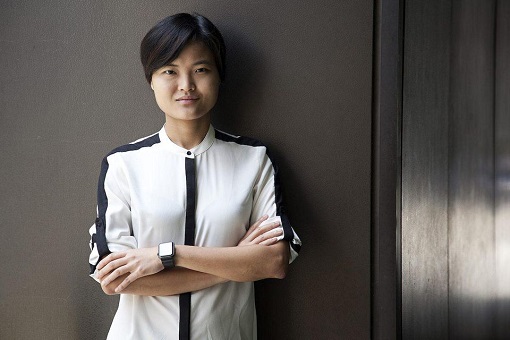
In an interview with Bloomberg, Ms Tan revealed how she was afraid to hail a taxi in her hometown of Kuala Lumpur. Notorious for having one of the worst taxi systems in the world, she revealed the challenges in the city whenever she needed to get transportation home after working late nights as a junior business analyst for consulting firm McKinsey.
At the same time, she didn’t feel safe driving home alone because she feared she might fall asleep at the wheel. To make herself feel safe, she would text her mother real-time when she took a taxi. She said – “I would text her the driver’s name and the license plate number of the taxi that I got into”. And she would continue texting her mother when she reached certain city landmarks.
Anthony Tan, on the other hand, was born into one of Malaysia’s wealthiest families as the son of the CEO of Tan Chong Motor, one of the biggest automobile distributors in the country best known as the franchise holder of Nissan vehicles. But being born with a silver spoon did not give him the magic wand to turn the company an overnight success. Like most stories of a start-up, Anthony still had to experience the cruel pains of a slow start.
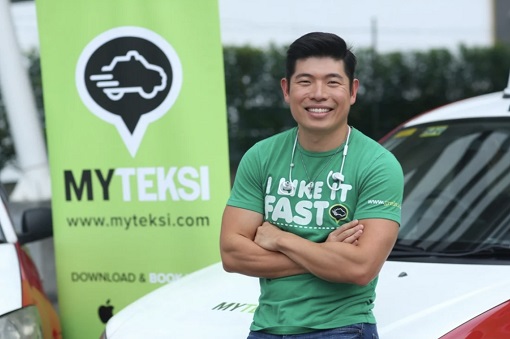
To gain customers, he reportedly set up a table at a local petrol station every morning and offered taxi drivers “nasi lemak”, a favourite Malaysian breakfast dish, as incentive while pitching the idea of Grab. Anthony recalled how they would persuade the taxi drivers – “Hello uncle, please give us a chance”. One would sell the idea to the taxi driver while the other would take note of the driver’s information and sign him up.
The process of approaching all the taxi drivers one by one would then be repeated. Slowly but steadily, Grab started to grow its drivers base and as a reliable on-demand taxi service. As part of the family business, Anthony Tan was supposed to rejoin his two older brothers at the family firm when he graduated from Harvard Business School in 2011.
However, he had another idea, thanks to inspiration from his grandfather – Tan Yuet Foh – who was a taxi driver before building up his own business empire – Tan Chong Motor. He wanted to strike out on his own. Hilariously, it was because of Anthony’s family wealth that his future Grab co-founder and COO Tan Hooi Ling initially hesitant to work with him.
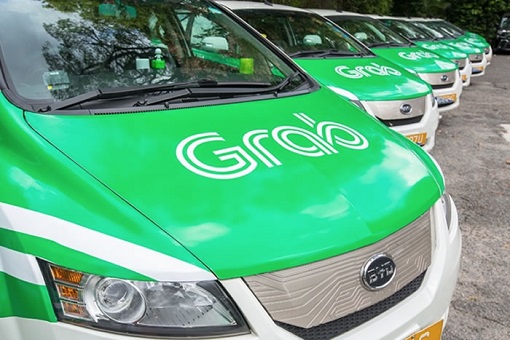
While both co-founders came from very different background, they offer an excellent combination. As COO, 37-year-old Hooi Ling focuses on growing market share in the eight countries and 336 cities where Grab operates. Married to Chloe Tong, the daughter of the founder of Phileo Allied Bank, 39-year-old Anthony is a street fighter whose role as the CEO makes him the poster boy of Grab, an image he enjoys very much.
Although wealth and fame is not Hooi Ling’s motivator, unlike Anthony, both are driven by the same belief and interest – to solve the problems of helping people to get from point-A to point-B safely that their friends and families faced every day. But someone with Anthony’s family profile is required to navigate Malaysia’s interlinked of politics and business to expand a company like Grab.
However, racist and discrimination policy like the NEP (New Economic Policy) derived from “Ketuanan Melayu”, the ideology of Malay supremacy espoused by UMNO (United Malays National Organization), also means 30% of company shares must be given to Bumiputeras (so-called the sons of the soil). To make matters worse, the country does not provide a conducive environment for business.
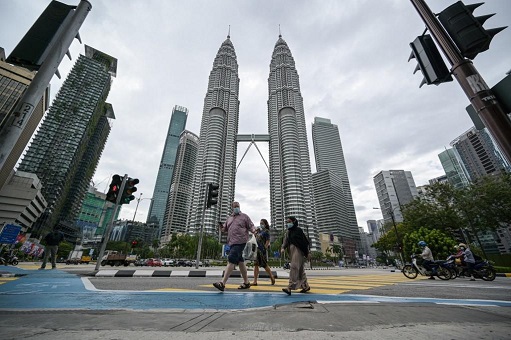
Grab had tried to apply for financial grants from Khazanah Nasional, the sovereign wealth fund of the government of Malaysia. But the long process and Khazanah’s disagreement to the deal saw Singapore government investment fund Temasek quickly grabbed the opportunity and pumped US$10 million into Grab in 2014 – another example of how Malaysian talents are lost to foreign countries.
Thanks to regulatory issues and bureaucracy in doing business in Malaysia, Anthony Tan and Tan Hooi Ling moved the company headquarters from Malaysia to Singapore in the same year, and rebranded the business as GrabTaxi. Singapore provides a strong legal framework in addition to sound financial regulatory environment for investors – something that Malaysia could not offer.
The success behind Grab is due to its unique concept. The free smartphone app enables passengers to hail a cab from any taxi company, regardless of their location, as well as the feature to see the identity of their driver, the route to their destination and the estimated fare. For taxi drivers, the app helps them save petrol and time while scouting for customers.
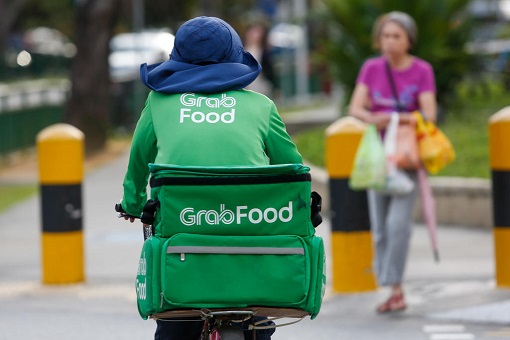
In May 2014, the company launched GrabCar as an alternative form of transportation that uses personal cars instead of taxis to overcome the lack of public transportation during peak hours. In January 2016, GrabTaxi was rebranded as “Grab”, which represents all the company’s products – GrabCar (personal cars), GrabBike (motorcycle taxis), GrabHitch (carpooling) and GrabExpress (last mile delivery).
Interestingly, Grab was not even the first mobile hailing app that’s not linked to a specific taxi company. When Grab entered the market in 2012, it was the underdog where Uber, the first car-hailing app, began disrupting taxi and transport services around the world. Already the biggest ride-hailing company in the world, Uber entered the Southeast market in 2013 when it started its operation in Singapore.
But Grab possessed something that Uber didn’t – local expertise and cultural knowledge. Using its presence in almost all over the world, Uber had tried to duplicate its success in the West to the Southeast Asia. Unlike Uber’s one size fits all, Grab customized its service to become friendlier to users. For example, Grab integrated cash payment feature in their app since day one, while Uber didn’t have such thing until 2015.
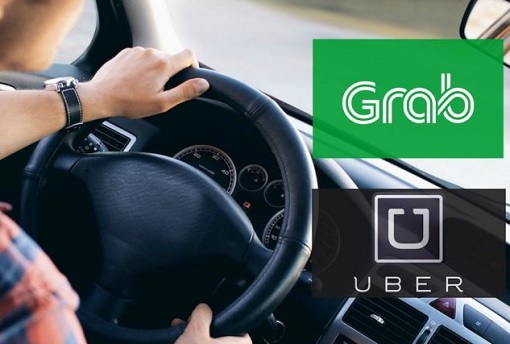
After six years Grab was established in Malaysia (and relocated to Singapore 2 years later in 2014), its CEO Anthony Tan had a secretive meeting in San Franciso with the then newly appointed CEO of Uber, Dara Khosrowshahi. After splashing US$700 million in the region, Uber did not see the business sense in both companies cannibalizing each other, city by city.
On 26 March 2018, Grab, once referred to as the “Uber of Southeast Asia” announced that it has acquired Uber’s Southeast Asia operations, including its assets in Malaysia, Cambodia, Indonesia, Myanmar, Philippines, Singapore, Thailand and Vietnam. As part of the merger and acquisition, Uber walked away with a 27.5% stake in Grab and Uber CEO Khosrowshahi joined Grab’s board.
Since 2012, Grab has grown from a ride-hailing app into food (GrabFood), grocery delivery (GrabFresh), insurance, payments, e-wallets (GrabPay) and loans across eight countries in Southeast Asia, fuelled by a young, mobile population. Heck, it has even ventured into new industries like ticket purchasing, hotel booking, on-demand video streaming, and trip planning in April 2019.
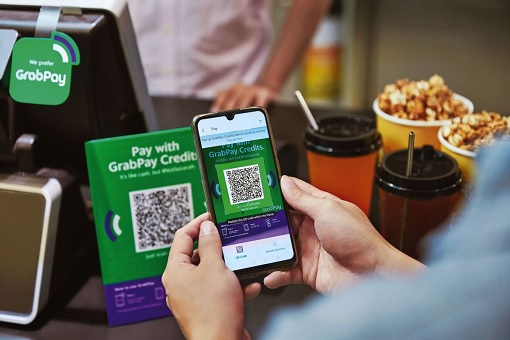
Obviously, Grab has adopted the eCommerce and FinTech business model of Chinese companies like Alibaba’s Alipay and Tencent’s WeChat. Grab lost about US$800 million last year, on an EBITDA basis, on sales of US$1.6 billion, largely because it spent heavily on advertising, promotions and incentives. The company predicts its earnings to turn positive in 2023, hitting US$500 million.
Grab said its mobility-services business is already making money in all its markets, while food delivery is in the black in five of six markets. The company said it commanded 72% of Southeast Asia’s ride-hailing market, 50% of online food delivery and 23% of digital wallet payments last year. It was previously valued at about US$16 billion after raising US$10 billion over 8 rounds of funding.
Besides Altimeter Capital Management and Singapore state investor Temasek, other investment management firms that would raise US$4 billion cash for Grab included T.Rowe Price Associates, Fidelity International and United Arab Emirates sovereign wealth fund Mubadala. Altimeter alone is committed to putting in US$750 million into the company.
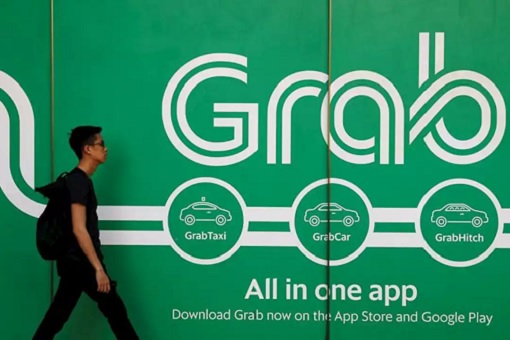
Grab’s other high-profile backers include Japan’s Softbank Group, China’s Didi Chuxing, Toyota Motor, Hyundai Motor Company, Yamaha Motor Co, Microsoft Corp, China Investment Corporation, and Tiger Global Management. Ironically, Malaysia’s PNB (Permodalan Nasional Berhad) is one of the investors to raise money for Grab.
Other Articles That May Interest You …
- The Worst Is Yet To Come – Muhyiddin’s Mishandling Of Covid-19 & Mismanagement Of Economy Is Worse Than Trump
- Get Ready For Bad Time Ahead! – As Malaysia’s Economy & Corporate Debt Get Worse, Retrenchment Has Just Begun
- Move Over Jack Ma – Meet China’s New Richest Man, Who Made His Fortune Selling Bottled Water
- Meet Eric Yuan & His Inspiring Story – The CEO & Founder Of Zoom Who Got $6.6 Billion Richer In Just 24 Hours
- Meet Malaysian-Born Cassandra Hsiao – Her Essay Got Her Into All 8 Ivy League Uni
- Meet SEA First Self-Made Woman Billionaire – Queen Of “Bikini” VietJet
- Meet “Mint”, A Beauty Queen Who Kneels To Thank Garbage Collector Mom
- Meet Singapore New Richest Man, Who Never Went To School
- Meet Millionaire Cheong Choon Ng – The Rainbow Loom Inventor Who Was Denied Local “Uni”, Due To Malaysia Racist Policy
- Meet Billionaire Stephen Hung, Who Just Ordered 30 Rolls-Royces For Louis XIII
- Meet Sabina Altynbekova, The VolleyBall Babe Whose Beauty Attracts Crazy Fans (Photo)

|
|
April 14th, 2021 by financetwitter
|


|

|

|

|

|

|




























Comments
Add your comment now.
Leave a Reply